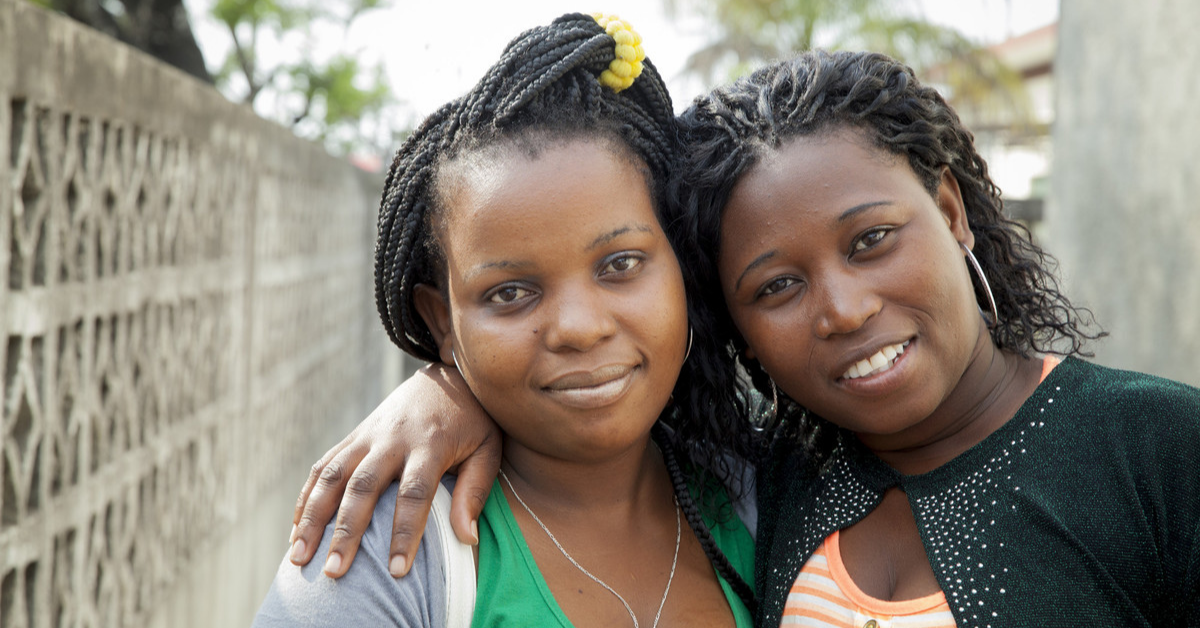Tag: PWID
Mutual learning, mutual success: the benefits of building the collective capacity of members of key populations
Reducing Gender-Based Violence Against Women Who use Drugs: The Right to be Free
Key Population Hero: Human rights for drug users in Nepal
There is no passion to be found in playing small

